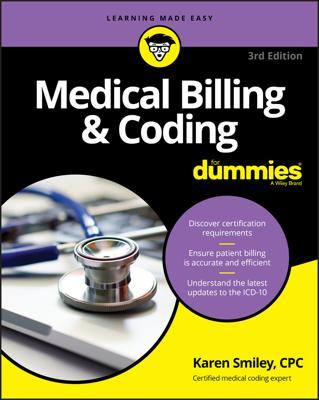It probably comes as no surprise to you that coding and processing medical claims for Medicare billing can get pretty confusing, dealing with a large bureaucracy.
Medicare coding criteria
Medicare strictly adheres to the established National Correct Coding Initiative (NCCI) edits, along with procedure/medical necessity protocol. In addition, its claims processing system is highly refined. Any claim that is submitted with errors or without the correct information does not process, period.
Rules regarding Medicare payouts
Congress legislates how Medicare claims are paid out to providers. Here’s what you need to know:
The payer has what is called a payment floor, a set length of time to complete and process claims. When the service dates have been released for payment, then Medicare pays.
Medicare prefers to pay with the electronic fund transfer (EFT), which helps solidify Medicare’s reputation as a good payer who pays most claims without incident if they are submitted correctly.
Make sure you’re familiar with the Medicare contractor’s claim submission preference and submit claims accordingly because Medicare is not going to adapt to provider needs; the provider does all of the adapting!
The role of MACs, LCDs, and ABNs
Through Medicare, the Centers for Medicare & Medicaid Services (CMS) sets the rules for the country, but Medicare claims processing happens in regional areas. CMS contracts with private companies, called Medicare Administrative Contractors (MACs), to process Medicare claims. MACs have replaced the former system of fiscal intermediaries (who processed Part A claims) and the local carriers (who processed Part B claims).
As Medicare contractors, MACs may develop or adopt policies in the following circumstances:
When no national coverage determination regarding a specific procedure exists. (Basically, national coverage determination refers to a nationwide determination of whether Medicare will pay for a service or not.)
When a need to further define a national coverage determination exists.
When a local contractor adopts such a policy, it is known as an LCD, or local coverage determination. The Medicare Program Integrity Manual contains the guidelines for LCD policy development.
Most coding software can identify local coverage restrictions. Use it whenever possible. The CPT books have a symbol next to procedures that may have local coverage restrictions that you need to review prior to submitting a claim.
If a service or diagnosis is not covered by CMS, the MAC can’t agree to cover it. A provider who furnishes a service that Medicare probably won’t cover can ask the patient to sign an advanced beneficiary notice (ABN). By signing an ABN, the patient agrees to be financially responsible for the service if Medicare denies payment.
If the provider doesn’t offer the ABN or the patient doesn’t sign the notice before services are rendered, the patient doesn’t have to pay for that service.
As a coder, you must be familiar with the local coverage policies of your Medicare contractor so that you can submit claims correctly. If a service is provided that is processed incorrectly, a solid knowledge of payment rules can help you resolve the issue.

